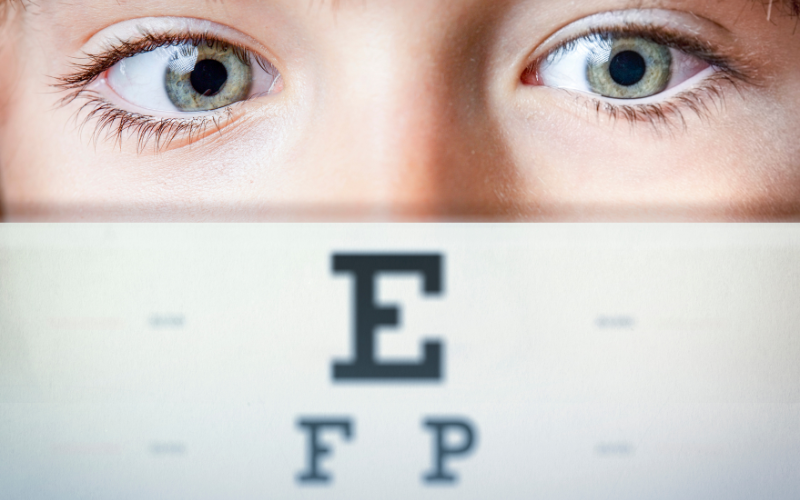The American Academy of Ophthalmology has proclaimed that August is Children’s Eye Health and Safety Month, which is dedicated to preventing eye injuries and vision loss. Healthy vision is essential to a child’s ability to reach appropriate physical, social, and emotional milestones.
In the United States, about 4 million children have a vision problem that could result in permanent vision damage if left untreated. Despite this, most parents do not know how to keep their children’s eyes healthy while using technology. This month we encourage parents to learn how to protect their child’s eyesight through teaching healthy daily habits.
How Damaging Can Screens Be?
In order to ensure our children maintain healthy habits, we must understand the connection between eye health and screen use. Research has shown that staring at a screen for two hours or more can cause eye strain and fatigue, other research has found that few children have significant functional changes after 0.5 hours of computer usage. Many of these issues arise from decreased blink rate of the eye, which needs to blink to be comfortable and stay moist. Decreased blink rate can dry out the eyes and cause irritation.
Furthermore, the internal muscles of the eye have to work harder to focus on objects closer to the face. When your child uses a digital device they tend to sit closer than they would if they were watching TV or looking at a book, which puts extra strain on their eyes.
Two Simple Tactics That Encourage Eye Health and Safety
The best way to ensure eye health is to follow healthy habits. We suggest starting with the following simple actions!
Use the 20-20-20 Rule
The 20-20-20 rule states that for every 20 minutes of continuous screen time, focus your vision on something 20 feet away for 20 seconds. This can help relieve your eye strain because your ocular muscles can relax when looking at a distant object for 20 seconds. If you are concerned about remembering to do this every 20 minutes, you can use the app Eye Care 20 20 20.
Place the child’s personal device on the table instead of having them hold the screen
Like adults, children tend to hold their personal devices in their hands while using their screens. Toddlers and young children, however, have shorter arms and therefore often hold their screens closer to their faces than adults. Encouraging your child to rest their screen at a distance will decrease the stress put on their ocular muscles while using the screen.
A Common Solution That Shows No Evidence of Helping
Blue light glasses
Despite their popularity, a recent study determined there was little evidence to support the use of blue-blocking filters in the prevention of digital eye strain.
Eye Healthy and Safety in August and Beyond
In addition to monitoring their habits with screens, it is vital that parents ensure their children have regular eye exams and discuss any visual disturbances with their family physician. To learn more about Computer Vision Syndrome and to see if your children are experiencing likely symptoms, be sure to read this article by Cedars-Sinai.
Sean Teebagy is a research assistant in the Ophthalmology Department of Boston Children’s Hospital and a fourth-year medical student at the University of Massachusetts. His research interests include medical technology and ocular care.








